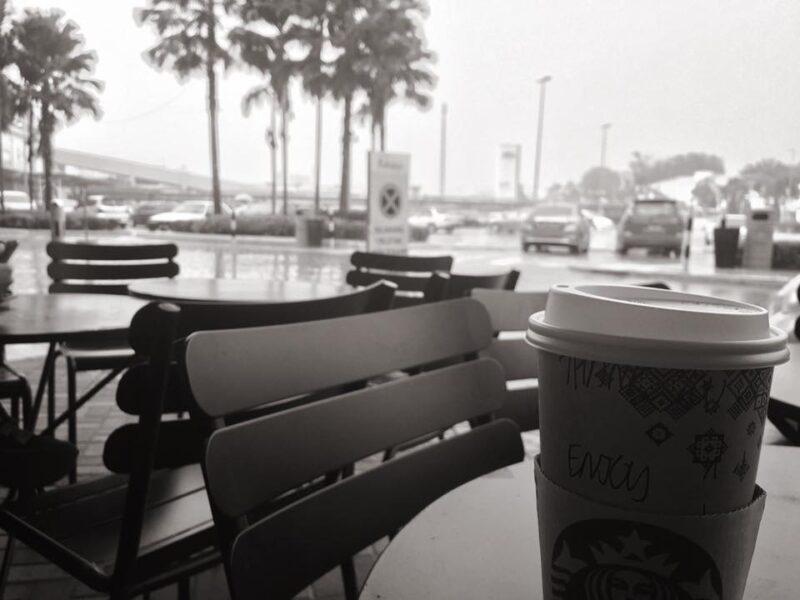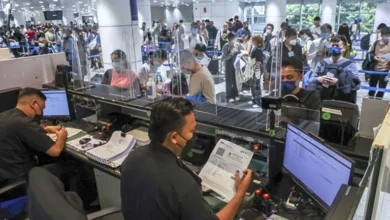Help middle class, too

THE pandemic’s brutal toll on individuals and businesses owing debts of RM100,000 to RM499,000 to banks is bewildering: 5,695 were declared bankrupts last year, lower than the 6,554 registered in 2021.
The Insolvency Department further digested the figures to 16 bankruptcy petitions filed daily while 2,600 firms shut down. Still, the bankruptcies are a stark improvement from the 16,000 in 2018, but that was before the threshold of RM50,000 was raised to its current rate of RM100,000 in 2020.
It begs the question: how many individuals and small businesses are still reeling from debts below RM99,000? The Insolvency Department did not stipulate but we can hazard a guess: thousands, especially those still mired from the pandemic years.
Depressing stories abound: people unable to fulfil basic financial necessities of putting food on the table, rent defaulters, trade and other amenities and utilities stuttered. The government’s Bantuan Keluarga Malaysia (BKM) cash aid provided a temporary relief but the bankruptcies implied that a substantial segment of the middle class, the Middle 40s (M40), are still trapped in debt.
While there is the BKM facility to help the middle class, there were claims that applications for relief were outright rejected or roiled in purgatory. Here’s the deal: in the reconstituted 2023 Budget to be tabled later this month, we hope for major concessions for the middle class, not just bigger handouts to the majority vote bank. Slash income tax rates or, dare we dream, provide tax exemptions for the lockdown years.
With the economy rebounding, a window may open for bankrupts to speed up debt repayment.
The 2023 Budget should instruct banks to be super flexible. They should initiate an easier repayment architecture, such as longer instalment periods — with no added interest. And while the finance minister is at it, instruct banks to liberalise loan applications minus the daunting eye on future bankruptcy petitions.
This will be a complex undertaking: authorising a second round of Employees Provident Fund withdrawals, perhaps not to the proposed RM30,000, but something pragmatic. The bankruptcies implied flaws in a constructive financial infrastructure where the M40s, not just those in the Bottom 40 (B40) income group, face stumbling roadblocks to get cash relief.
Yes, they save a bit more than their B40 counterparts and have the luxury of cutting surplus spending, but free cash outflow plunges by the day while cash inflow is unpredictable or has dried out. Malaysia’s middle class is society’s economic bedrock.
Almost three million middle-class households live to dine, take frequent staycations or annual international vacations, shop and own more vehicles, property and businesses per household. As the pandemic demonstrated and all things being relative, middle-class households are nonetheless just as vulnerable, if not more vulnerable, due to their bigger and sizeable financial commitments, which oils the economy. They too need all the help they can get.
NST




